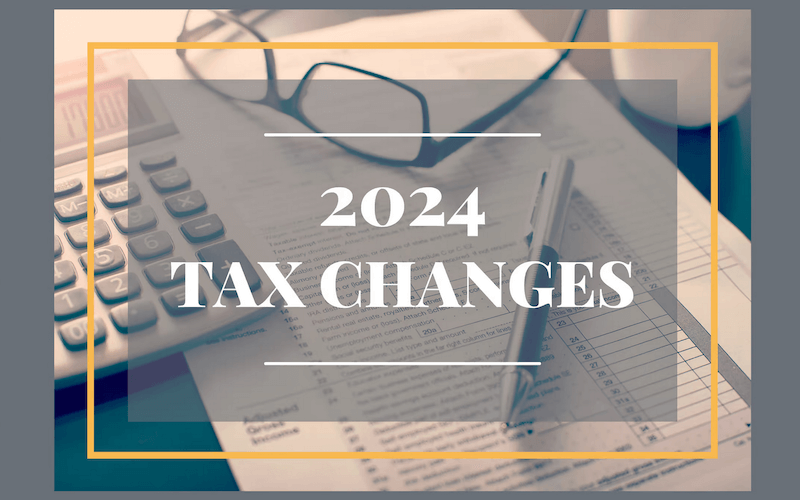Image: Courtroom
Introduction
Trial jurors play a crucial role in the United States District Court, where a panel of prospective jurors is called into the courtroom to select a jury for a case. Understanding the process and procedures involved is essential for ensuring a fair trial. In this handbook, we will explore the journey of a trial juror, from being called into the courtroom to being selected as a member of the jury.
Voir Dire: The Jury Selection Process
The first step in a jury trial is the voir dire examination, where panel members are asked questions about their qualifications to serve as jurors. The judge and counsel participate in this process, striving to select impartial jurors. Deliberately providing an untruthful answer can have serious consequences. The examination begins with an introduction to the case, identifying the parties and their lawyers.
The purpose of the questions during voir dire is to determine if any panel members have personal interests or prejudices that might influence their ability to render an impartial verdict. The court also wants to identify if any panel members are related to or personally acquainted with the parties, their lawyers, or the witnesses involved in the trial. If a panel member has prior knowledge of the case, it is important for them to communicate this to the judge.
Challenges: Excusing Jurors
During the jury selection process, both parties have the opportunity to request that a panel member be excused or exempted from serving on a particular jury. These requests, known as challenges, are made for specific reasons.
A person may be challenged for cause if the examination reveals potential prejudice. If the cause raised in the challenge is valid, the judge will excuse the individual from the panel. There is no limit to the number of challenges for cause that either party may make.
Apart from challenges for cause, the parties also have the right to a predetermined number of peremptory challenges that do not require a specific cause. Peremptory challenges provide both sides with some choice in the makeup of the jury. It is important for jurors to understand that being eliminated from the jury panel by a peremptory challenge does not reflect on their ability or integrity.
In some courts, peremptory challenges are made openly in the presence of the jury, while in others, they are made from the jury list out of the jury’s sight.
FAQs
Q: How are jurors selected for a trial?
A: Prospective jurors are called into the courtroom, and a panel is created from which the jury will be selected.
Q: What is the purpose of the voir dire examination?
A: The voir dire examination aims to identify impartial jurors and determine if any panel members have personal interests or biases that may affect their ability to reach an impartial verdict.
Q: What are challenges in the jury selection process?
A: Challenges are requests made by parties to excuse or exempt specific panel members from serving on a particular jury. Challenges can be made for cause, based on potential prejudice, or using peremptory challenges, which do not require a specific cause.
Conclusion
Understanding the process of jury selection is vital for trial jurors serving in the United States District Court. The voir dire examination and the challenges allow for the selection of impartial jurors who can ensure a fair trial. By participating in this process, jurors contribute to upholding justice in our legal system.
Image: Gavel

